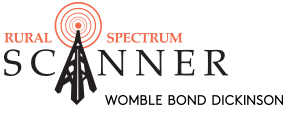The National Telecommunications and Information Administration (NTIA) has released a report proposing a simple and robust method to implement spectrum sharing between commercial communications systems and federal radar operations in the 3550-3650 MHz (3.5 GHz) band. In April 2015, the FCC adopted an order implementing a phased approach to sharing between federal and nonfederal users in the 3.5 GHz band, which would make 150 megahertz of spectrum available for new Citizens Broadband Radio Service Devices (CBSD). In the first phase, commercial use is authorized outside of certain geographic exclusion zones along coastlines and near designated ground-based radar locations. A Spectrum Access System (SAS) will automatically assign and reassign channels to CBSDs based on rules outlined in the FCC’s order. In the second phase, the exclusion zones would become protection zones. Commercial operations would be allowed in those zones through a system of environmental sensing capability (ESC) monitors that can inform the SAS when radars are operating so that the SAS can automatically direct the commercial systems to channels not occupied by radars.
NTIA’s new report provides analysis and discusses modeling techniques to shrink the exclusion/protection zones and proposes a feasible methodology to meet the ESC requirements in the FCC rules. The report outlines a potential approach to ESC monitor configuration that would send the associated SAS a simple “go/no-go” signal based on a predetermined threshold of detected radar power level. Once such a signal is sent, the SAS could adjust CBSD channel assignments to protect radar receivers.








